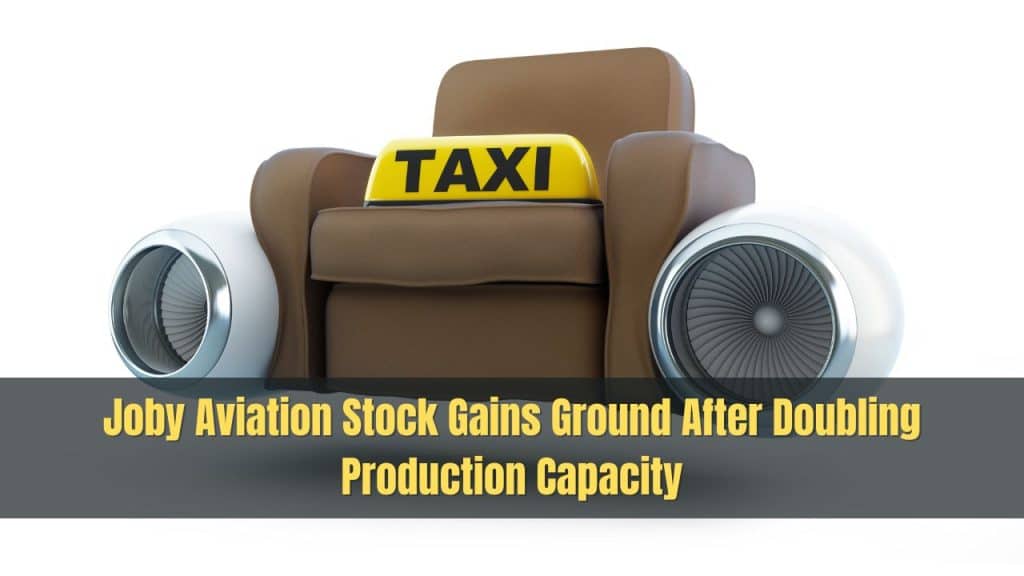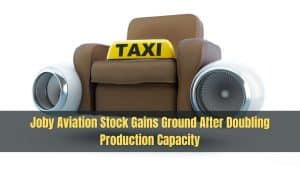After Joby Aviation, Inc. (NYSE: JOBY) announced a significant expansion of its production plant in Marina, California, the company’s shares jumped 10.45% on Tuesday, ending at $13.95.
With its current size of about 435,500 square feet, the facility doubles its ability to produce airplanes and improves support for Joby’s future commercial operations. To help speed up development, the business has introduced a new aircraft to its flying test program.
Using Talent and Innovation to Scale Operations
A significant advancement for Joby Aviation, the recently enlarged Marina facility puts the business in a position to satisfy the rising demand for electric air taxis. The company celebrated the site’s opening with the flight of its sixth aircraft, which received airworthiness certification within one week of completion.
As production increases, the company anticipates that the facility expansion would generate hundreds of full-time positions, leveraging top talent at its Ohio and California locations. Joby uses state-of-the-art manufacturing techniques like 3D printing and sophisticated analytics to produce airplane parts that are stronger and lighter.
National Manufacturing Network Strengthened
With the Marina site expected to produce up to 24 aircraft annually, Joby also continues to build out its national manufacturing footprint. Its San Carlos headquarters specializes in electronics and powertrain, while its Santa Cruz headquarters concentrates on innovation and system architecture.
The company in Dayton, Ohio, which can build up to 500 airplanes a year, is still expanding its operations and installing new equipment. Together, these facilities back Joby’s application for market entrance and FAA manufacturing certification.
Government Support Fuels Expansion
Joby’s growth has been greatly aided by the strong support of state organizations and local authorities. The company’s efforts to lead the future of flying were strengthened in 2023 when it obtained a $9.8 million grant from the California Governor’s Office of Business and Economic Development and used a California State Treasurer’s program to lower equipment expenses by $10 million.







